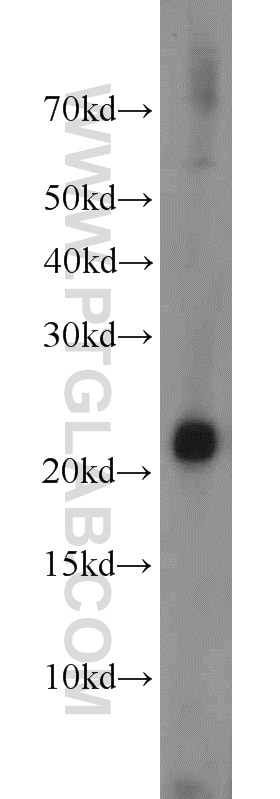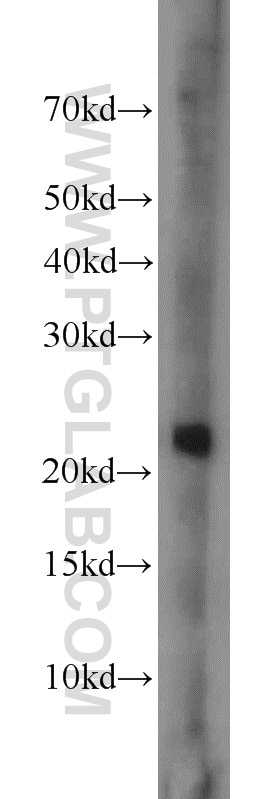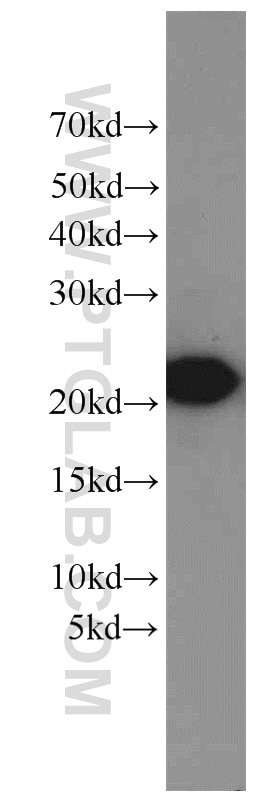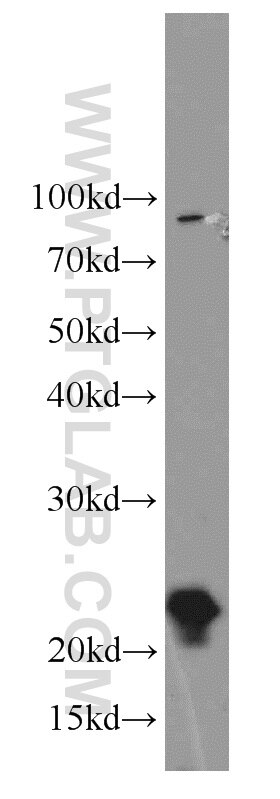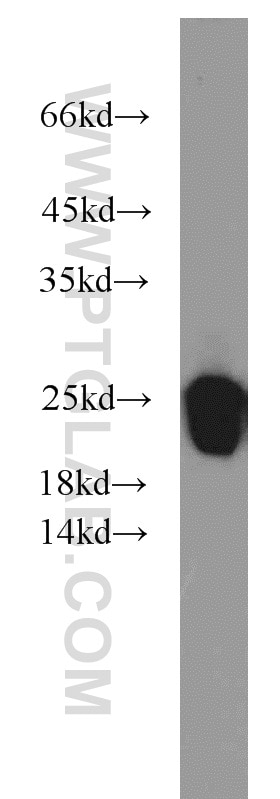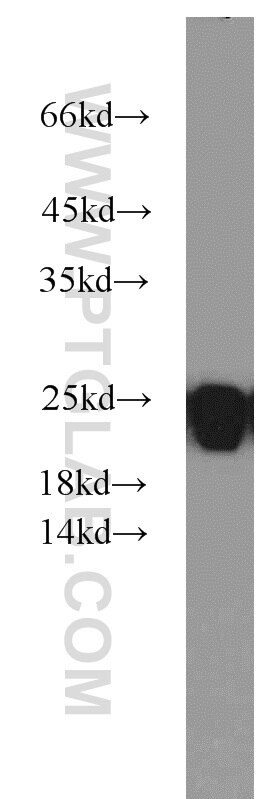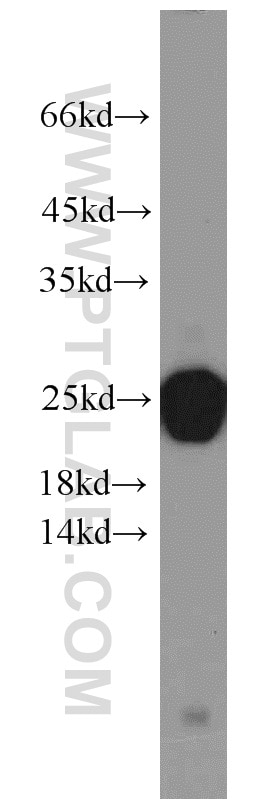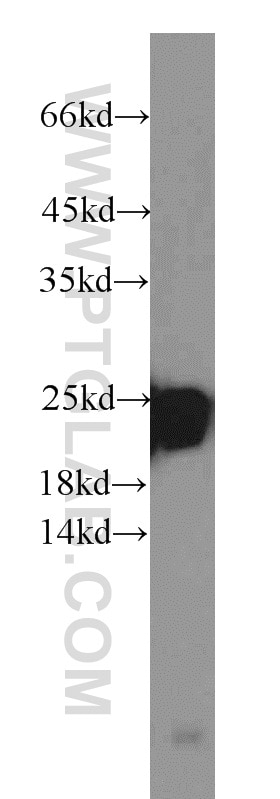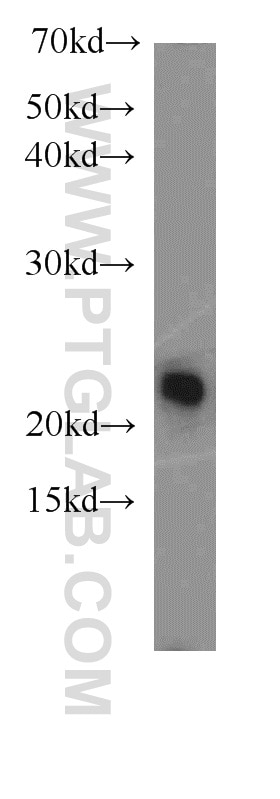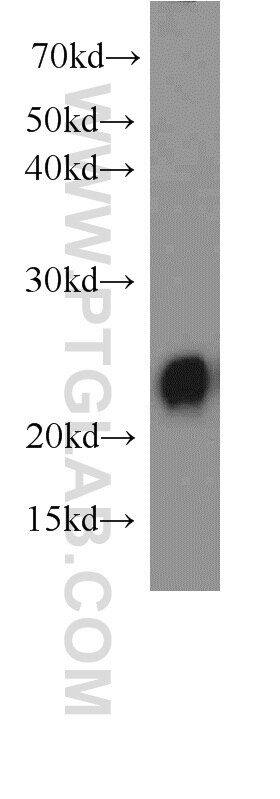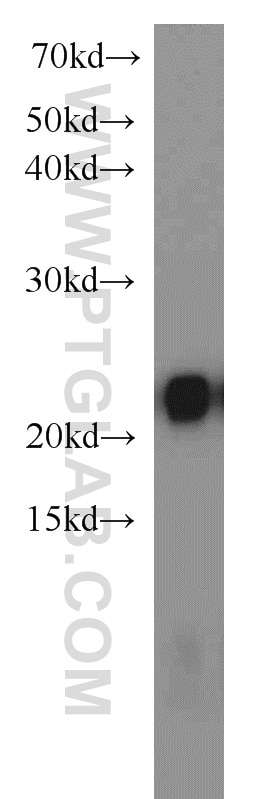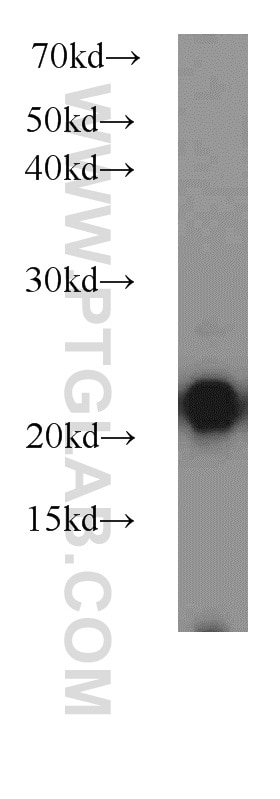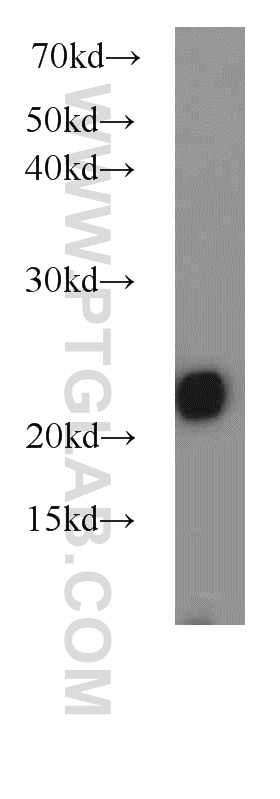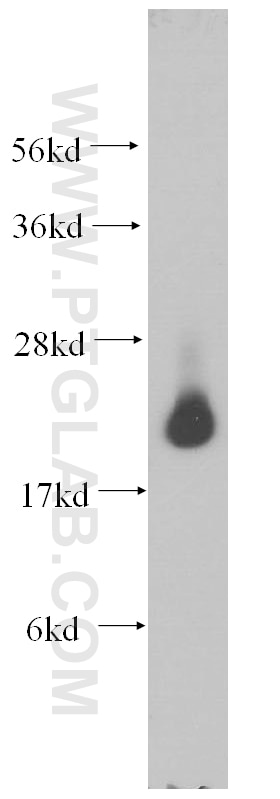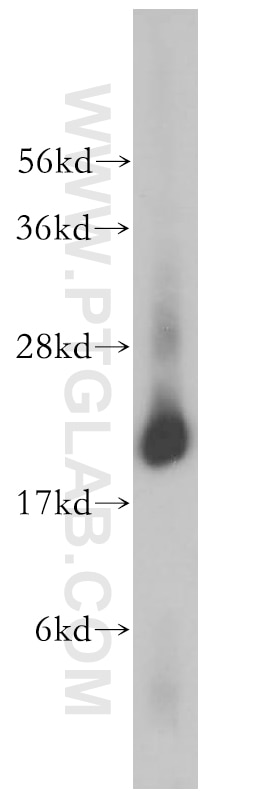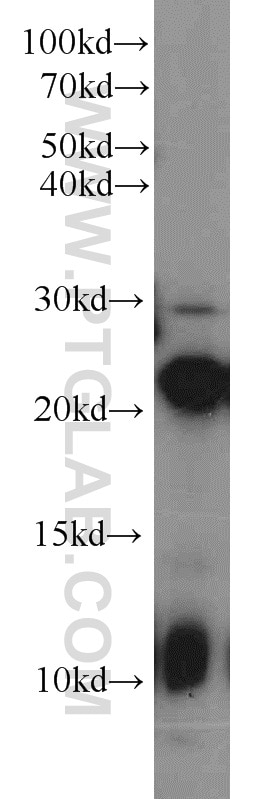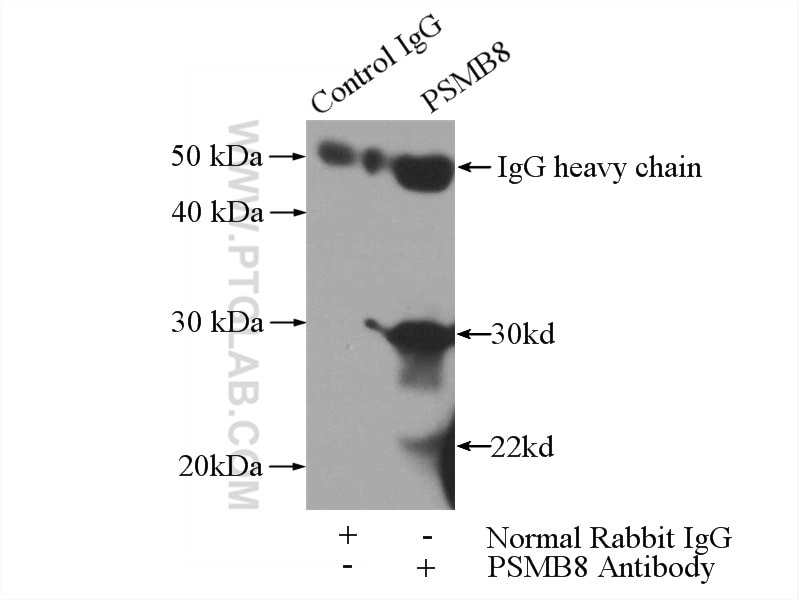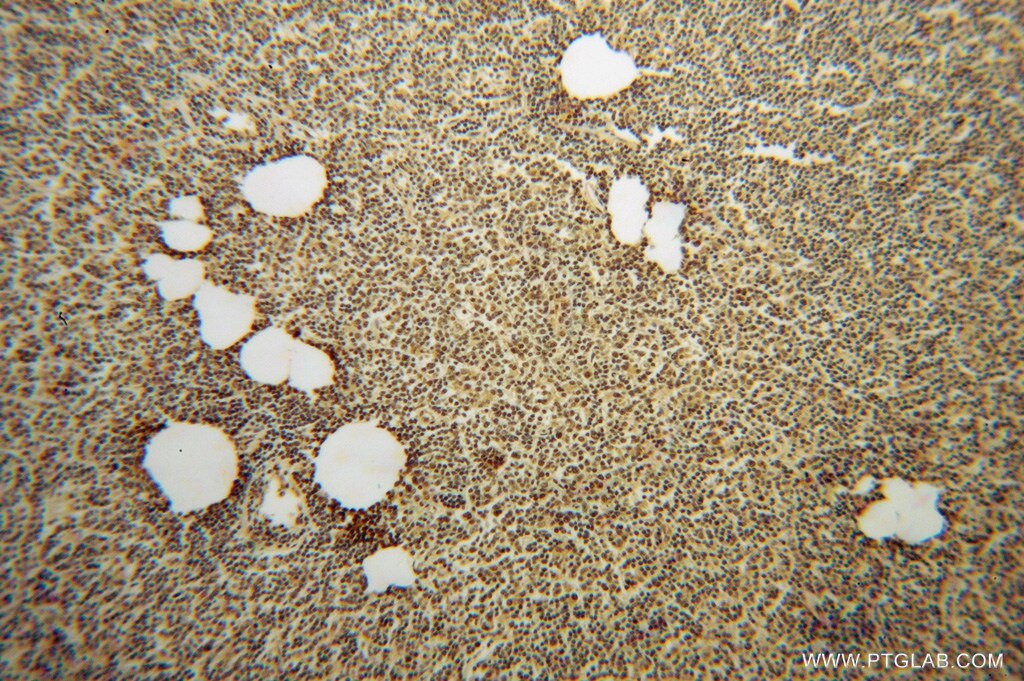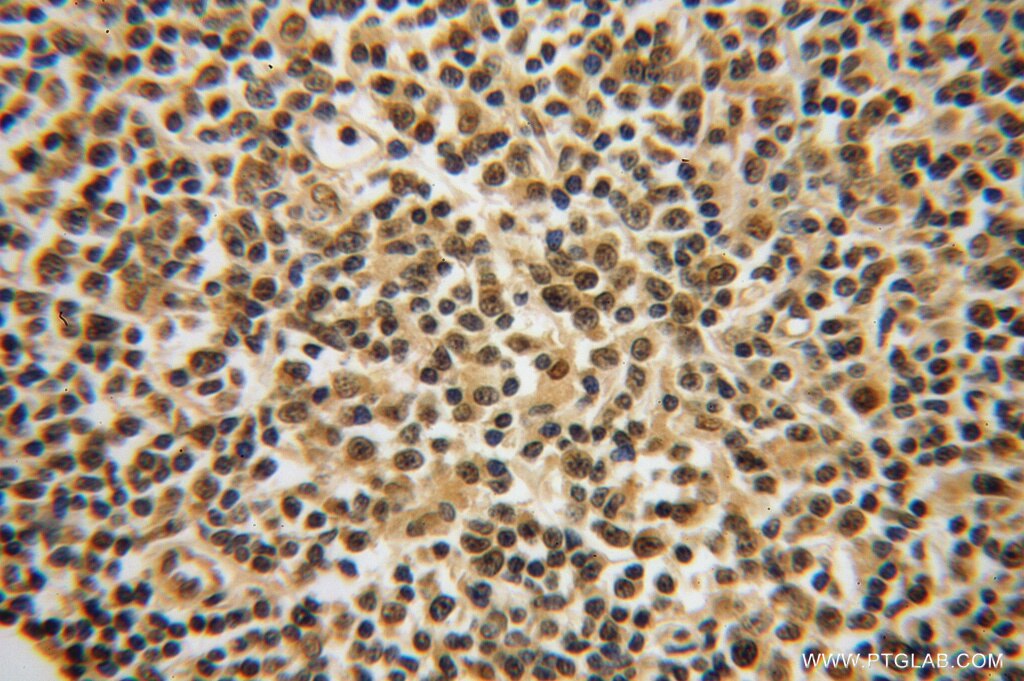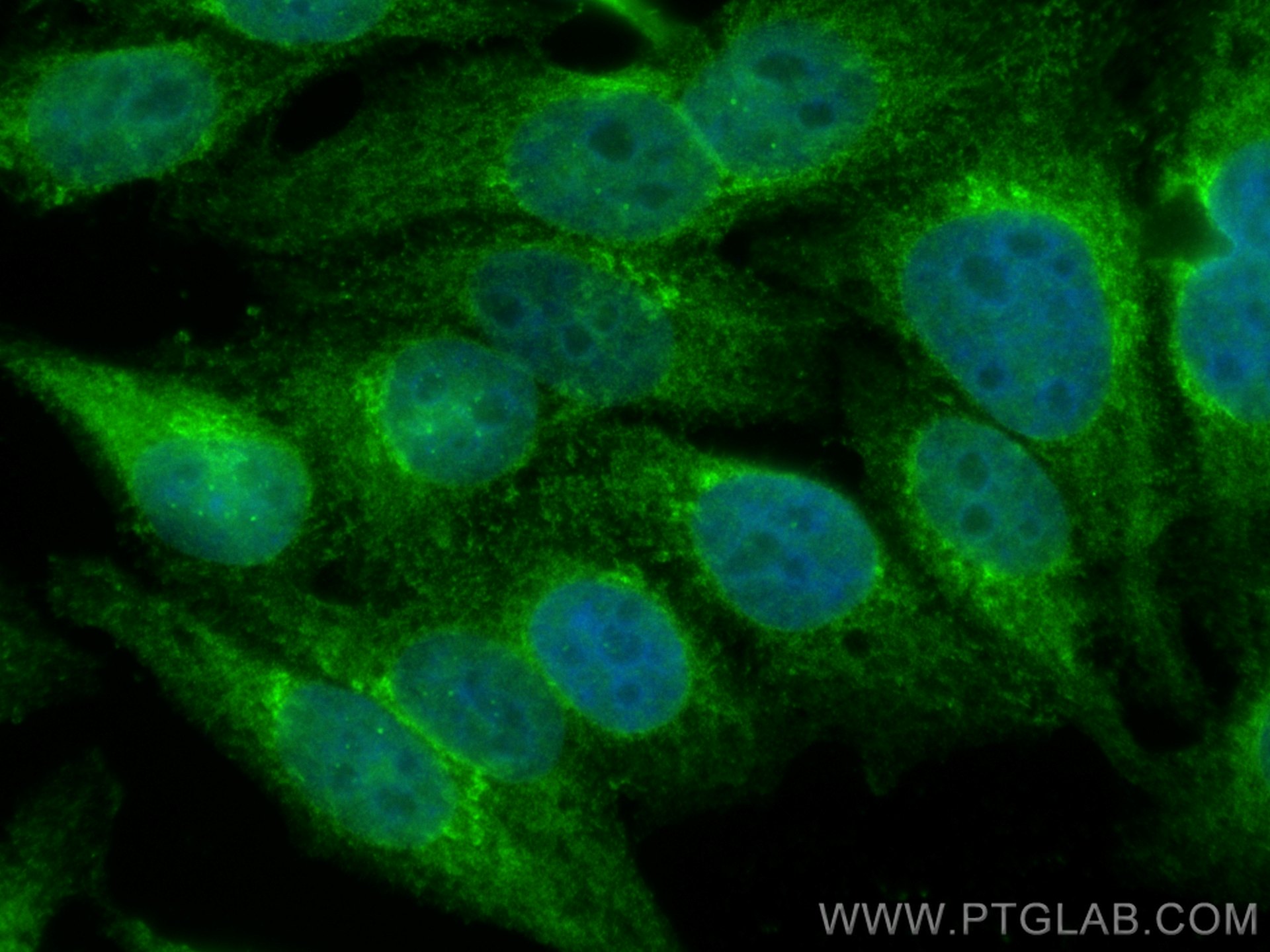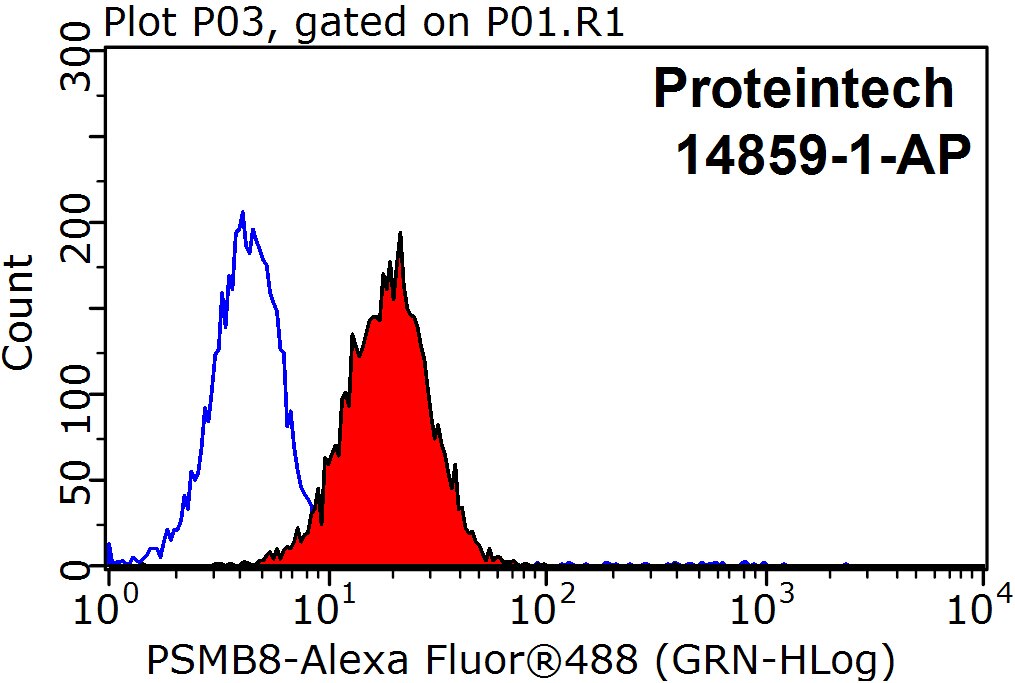PSMB8 Polyklonaler Antikörper
PSMB8 Polyklonal Antikörper für FC, IF, IHC, IP, WB, ELISA
Wirt / Isotyp
Kaninchen / IgG
Getestete Reaktivität
human, Maus
Anwendung
WB, IP, IHC, IF, FC, ELISA
Konjugation
Unkonjugiert
Kat-Nr. : 14859-1-AP
Synonyme
Galerie der Validierungsdaten
Geprüfte Anwendungen
| Erfolgreiche Detektion in WB | Mausnierengewebe, humanes Nierengewebe, Jurkat-Zellen, Raji-Zellen |
| Erfolgreiche IP | Raji-Zellen |
| Erfolgreiche Detektion in IHC | humanes Lymphomgewebe Hinweis: Antigendemaskierung mit TE-Puffer pH 9,0 empfohlen. (*) Wahlweise kann die Antigendemaskierung auch mit Citratpuffer pH 6,0 erfolgen. |
| Erfolgreiche Detektion in IF | HepG2-Zellen |
| Erfolgreiche Detektion in FC | HepG2-Zellen |
Empfohlene Verdünnung
| Anwendung | Verdünnung |
|---|---|
| Western Blot (WB) | WB : 1:500-1:2000 |
| Immunpräzipitation (IP) | IP : 0.5-4.0 ug for 1.0-3.0 mg of total protein lysate |
| Immunhistochemie (IHC) | IHC : 1:20-1:200 |
| Immunfluoreszenz (IF) | IF : 1:50-1:500 |
| Durchflusszytometrie (FC) | FC : 0.20 ug per 10^6 cells in a 100 µl suspension |
| It is recommended that this reagent should be titrated in each testing system to obtain optimal results. | |
| Sample-dependent, check data in validation data gallery | |
Veröffentlichte Anwendungen
| KD/KO | See 1 publications below |
| WB | See 5 publications below |
| IHC | See 2 publications below |
Produktinformation
14859-1-AP bindet in WB, IP, IHC, IF, FC, ELISA PSMB8 und zeigt Reaktivität mit human, Maus
| Getestete Reaktivität | human, Maus |
| In Publikationen genannte Reaktivität | human, Maus |
| Wirt / Isotyp | Kaninchen / IgG |
| Klonalität | Polyklonal |
| Typ | Antikörper |
| Immunogen | PSMB8 fusion protein Ag6660 |
| Vollständiger Name | proteasome (prosome, macropain) subunit, beta type, 8 (large multifunctional peptidase 7) |
| Berechnetes Molekulargewicht | 30 kDa |
| Beobachtetes Molekulargewicht | 23 kDa |
| GenBank-Zugangsnummer | BC001114 |
| Gene symbol | PSMB8 |
| Gene ID (NCBI) | 5696 |
| Konjugation | Unkonjugiert |
| Form | Liquid |
| Reinigungsmethode | Antigen-Affinitätsreinigung |
| Lagerungspuffer | PBS mit 0.02% Natriumazid und 50% Glycerin pH 7.3. |
| Lagerungsbedingungen | Bei -20°C lagern. Nach dem Versand ein Jahr lang stabil Aliquotieren ist bei -20oC Lagerung nicht notwendig. 20ul Größen enthalten 0,1% BSA. |
Hintergrundinformationen
PSMB8(Proteasome subunit beta type-8) is also named as LMP7, PSMB5i, RING10, Y2 and belongs to the peptidase T1B family. The gene encodes the chymotrypsin-like catalytic subunit of the immunoproteasome(PMID: 19525961). PSMB8 has a role in controlling pathogenic immune responses and may be a target in autoimmune disorders. Its prosequence is not essential for incorporation of PSMB8 into the maturing proteasome, but it increased the efficiency of PSMB8 incorporation and proteasome maturation(PMID: 10926487). The pro-PSMB8 is a 276aa protein with the molecular mass of 30 kDa, and the mature form is about 23kDa due to the 72aa propeptide cleaved. Defects in PSMB8 are the cause of Nakajo syndrome (NKJO).
Protokolle
| Produktspezifische Protokolle | |
|---|---|
| WB protocol for PSMB8 antibody 14859-1-AP | Protokoll herunterladen |
| IHC protocol for PSMB8 antibody 14859-1-AP | Protokoll herunterladen |
| IF protocol for PSMB8 antibody 14859-1-AP | Protokoll herunterladen |
| IP protocol for PSMB8 antibody 14859-1-AP | Protokoll herunterladen |
| Standard-Protokolle | |
|---|---|
| Klicken Sie hier, um unsere Standardprotokolle anzuzeigen |
Publikationen
| Species | Application | Title |
|---|---|---|
J Cell Mol Med miR-451a inhibits cancer growth, epithelial-mesenchymal transition and induces apoptosis in papillary thyroid cancer by targeting PSMB8. | ||
JCI Insight Blockade of the CXCR3/CXCL10 axis ameliorates inflammation caused by immunoproteasome dysfunction. | ||
Sci Rep Airway epithelial immunoproteasome subunit LMP7 protects against rhinovirus infection
| ||
Int Immunopharmacol Targeted inhibition of the immunoproteasome blocks endothelial MHC class II antigen presentation to CD4+ T cells in chronic liver injury | ||
J Neuroinflammation β-arrestin1 regulates astrocytic reactivity via Drp1-dependent mitochondrial fission: implications in postoperative delirium |
